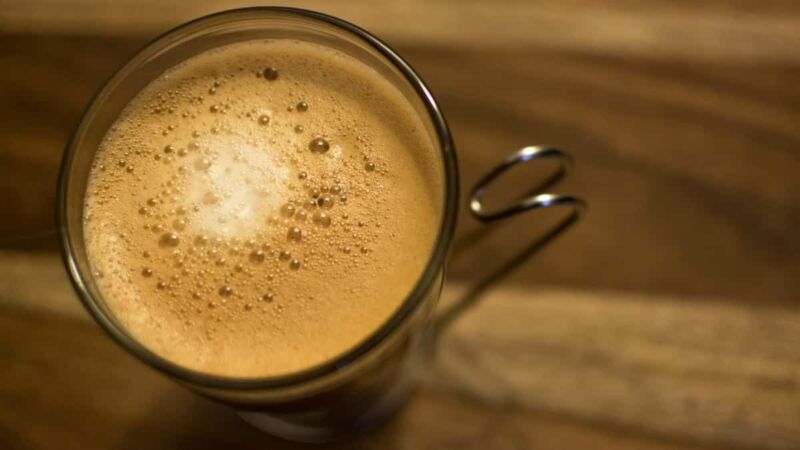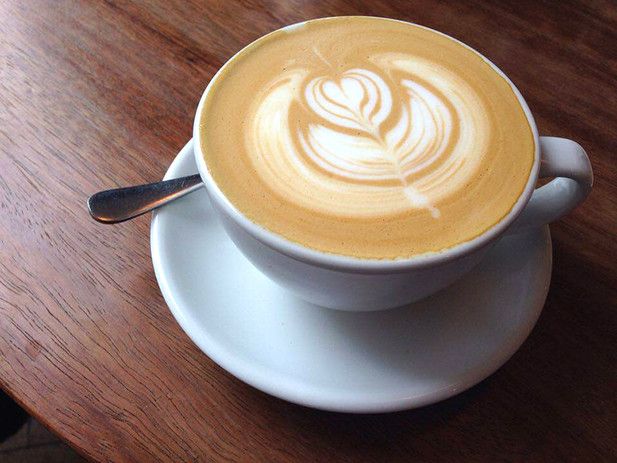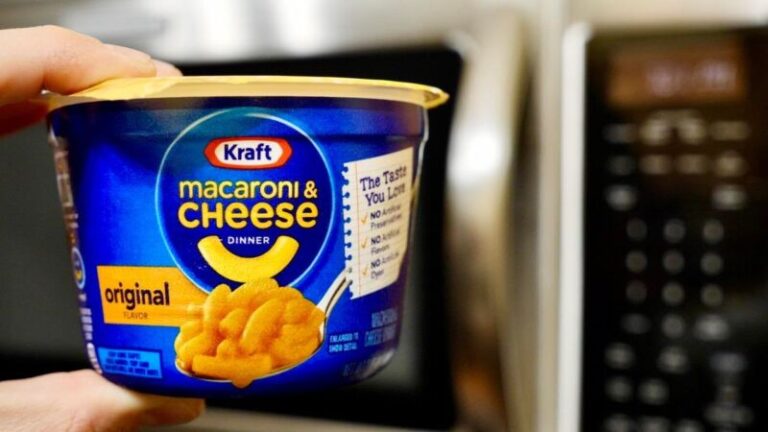Cortado vs Macchiato vs Latte: A Barista’s Guide to Espresso Drinks
As a coffee lover, I’m always looking to expand my knowledge and appreciation of different espresso-based drinks. With so many options now available at cafes and coffee shops, it can get confusing trying to understand the distinctions between each type of drink. Three of the most common ones I come across are cortado, macchiato, and latte. While they may appear similar at first glance, there are some key differences when it comes to the ingredients, preparation methods, and flavor profiles of each. In this article, I’ll break down the origins, characteristics, and coffee-to-milk ratios of cortados, macchiatos, and lattes so you can determine which one best suits your preferences.
Cortado

Origin and Characteristics
The cortado has its origins in Spain and Portugal, where the word “cortado” means “cut” in Spanish. As the name suggests, a cortado consists of an espresso that’s “cut” with a nearly equal portion of steamed milk. Unlike other espresso drinks, a cortado features less milk than a latte but more than a macchiato. This balanced combination of espresso and warm milk results in a coffee that is smooth, mellow, and light brown in appearance.
Some key characteristics that define a cortado:
- Originated from Spain and Portugal
- Equal parts espresso and steamed milk
- Served in a small glass, usually 3-4 oz
- Smooth and balanced flavor profile
Milk-to-Espresso Ratio
The distinguishing feature of a cortado is its 1:1 milk-to-espresso ratio. The serving size is also smaller than that of many espresso drinks at around 3-4 liquid ounces. This results in a beverage with a taste and consistency quite different from a latte or cappuccino. The equal espresso and steamed milk portions create a harmonious balance without overpowering milkiness or intense coffee bitterness.
- Less milk than a latte
- More milk than a macchiato
- 1:1 ratio distinguishes it from other drinks
Macchiato

Origin and Characteristics
Hailing from Italy, the macchiato is the smallest of the espresso and milk combinations. The Italian word “macchiato” means “marked”, referring to how the espresso is “marked” with just a splash of foamed milk. Traditional macchiatos feature a strong espresso taste with just a teaspoon or two of milk to soften the intensity. This differs greatly from the caramel- and flavor-drizzled macchiatos served at certain coffee chains.
Authentic macchiato characteristics include:
- Originated in Italy
- Strong coffee flavor
- Solo espresso shot “marked” with 1-2 tsp of foamed milk
- Smallest size among espresso drinks
Milk-to-Espresso Ratio
With its high espresso to milk ratio, the macchiato is significantly more coffee-forward than milk-heavy drinks like lattes and cappuccinos. The serving size of a traditional macchiato is typically just 1-2 ounces. The microfoam or steamed milk on top serves as a contrasting accent rather than changing the overall flavor profile. This makes the macchiato a bold, potent espresso option compared to more diluted drinks.
- High espresso to milk ratio
- Small portion size
- More intense coffee taste
Latte

Origin and Characteristics
The latte has become an iconic coffee drink in the United States and Australia in particular. Unlike its European counterparts, a latte consists of steamed milk and espresso in a ratio of about 3:1. The typical recipe calls for:
- 60% steamed milk
- 20% espresso
- 20% milk foam/froth
Lattes are also served in larger cup sizes ranging from 8 oz to 16 oz. The greater proportion of aerated milk gives lattes a lighter, creamier texture and a mildly sweet flavor.
In summary, latte characteristics include:
- Popular in the U.S. and Australia
- Higher ratio of steamed milk to espresso
- Larger serving sizes
- Creamy, milk-forward taste
Milk-to-Espresso Ratio
The high milk content is what defines a latte, with a ratio of 1:4 to 1:6 of espresso to milk. The espresso provides the signature bitterness, while the abundant steamed milk makes lattes smoother and more approachable to the average palate. A 12 oz latte will typically contain just 1-2 shots of espresso. This lower coffee-to-milk proportion means lattes have a milder espresso taste compared to cortados and macchiatos.
- 1:4 to 1:6 ratio of espresso to milk
- Milder coffee flavor
- Higher milk content
Core Ingredients and Preparation
Now that we’ve covered the origins and characteristics, let’s break down the core ingredients that go into making cortados, macchiatos, and lattes. The two base components are espresso and steamed milk, but the quantities used are not the same. We’ll also look at the role of milk frothing and foaming in each drink’s preparation process.
Espresso
- Cortado: Features equal 1:1 ratio of espresso to steamed milk
- Macchiato: Uses a 1:2 espresso to milk ratio, highlighting the espresso
- Latte: Lower espresso ratio of 1:4 to 1:6 of espresso to milk
Steamed Milk
- Cortado: 1:1 ratio with the espresso portion
- Latte: Higher 4:6 ratio of steamed milk to espresso
- Macchiato: Very little steamed milk, just 1-2 teaspoons
Foamed Milk
- Latte: About 1/6 foamed milk atop the steamed milk
- Macchiato: Features a small layer of foamed milk
- Cortado: Traditionally contains little to no foam
The common thread is that all three drinks start with freshly brewed espresso. But the amount of milk frothing and steaming varies based on the specific coffee-to-milk balance desired. A macchiato highlights espresso, while a latte mutes its intensity with additional steamed milk and microfoam.
Milk Alternatives
Many coffee shops now offer milk alternatives like almond, oat, soy, and coconut milk to accommodate different diets and preferences. But how do these plant-based substitutes impact the flavor and texture of classic espresso drinks?
Almond Milk
Almond milk is low in calories and has a naturally sweet, nutty taste. However, its thinner consistency means it froths less readily than dairy. Drinks made with almond milk lack the creamy mouthfeel of cortados, lattes, and macchiatos prepared with steamed cow’s milk. The almond flavor also comes through more prominently.
Oat Milk
Oat milk has risen in popularity thanks to its smooth, creamy texture that mimics whole dairy milk. Its natural sweetness pairs especially well with the boldness of espresso for a balanced flavor. When steamed, oat milk froths beautifully while introducing an earthy, cereal-like taste. For those avoiding dairy, oat milk makes an excellent substitute in espresso drinks.
Using alternative milks can dramatically influence the taste, texture, appearance, and overall enjoyment of your go-to coffee order. Be mindful that the same drink prepared with a milk substitute may not replicate your exact traditional flavor expectations. Some experimentation can help determine your favorite plant-based option that still delivers a satisfying coffeehouse-quality beverage.
Serving and Presentation
Let’s move onto some visual differences between cortados, macchiatos, and lattes through each drink’s serving style, cup, and presentation.
Appropriate Cups
Cortados, macchiatos, and lattes are all served in their own characteristic cup styles:
- Cortado: 3-4 oz cylindrical glass
- Macchiato: 1-2 oz miniature cup or glass
- Latte: 6-16 oz bowl-shaped ceramic mug
These varied vessels suit the serving size and aesthetic of each distinct drink. A diminutive demitasse cup highlights the petite proportions of a macchiato, while a wide-rimmed mug displays the abundance of frothy milk topping a latte.
Visual Differences
Beyond the cup choice, there are visual distinctions in the presentation:
- Macchiato: Smaller volume means limited latte art potential
- Cortado: Balanced look, simpler latte art like a centered dot or heart
- Latte: Greater surface area allows for poured art like ferns and rosettes
So in appearance, a cortado showcases the even espresso and milk parts, while a latte celebrates creamy, cascading steamed milk through intricate latte art designs.
Caffeine Content and Caloric Information
How do our three drinks compare when it comes to caffeine content and calorie count? The amounts vary based on specific proportions, but here are some general guidelines:
Caffeine Content
- Cortado: Approximately 128 mg of caffeine
- Macchiato: Around 85 mg per serving
- Latte/Cappuccino: Roughly 173 mg of caffeine
Caloric Information
- Cortado: Lower in calories due to small size and 1:1 ratio
- Macchiato: Also on the lower calorie end of the spectrum
- Latte: Tend to be higher in calories due to more milk
So if you’re seeking an energy boost, cortados and lattes deliver a bigger caffeine punch, while macchiatos provide a short-but-strong burst. Watch the calorie intake if you indulge in larger cafe lattes made with whole milk and flavor syrups, as these can quickly rack up.
Global Coffee Culture
The cortado, macchiato, and latte have spread across the world over the decades, influencing coffee culture far from their lands of origin. Let’s look at their growth and adaptations internationally.
Origins
- Cortado: Hails from Spain and Portugal
- Macchiato: Originated in Italy
- Latte: Gained prominence in U.S. and Australia
Spread
As the popularity of espresso expanded globally, so did these iconic espresso and milk combinations. Their presence can now be seen in specialty coffee shops internationally.
Variations
- Cortado: Less common variations like the Gibraltar (in a tulip glass)
- Macchiato: Caramel macchiatos offer a sweeter interpretation
- Latte: Adaptations like the butter pecan latte
While staying true to the core foundations, baristas around the world put localized spins on each drink with unique flavors, alternative milks, and inventive latte art.
Conclusion
After breaking down all the nuances between these three espresso favorites, I hope I’ve helped eliminate any confusion over cortados, macchiatos and lattes. To quickly recap:
- Cortado: 1:1 espresso and steamed milk, smooth balanced flavor
- Macchiato: Espresso “marked” with a dollop of foamed milk, strong coffee taste
- Latte: More steamed milk and a 1:4 to 1:6 espresso ratio, creamy and mild
There’s no right or wrong choice – the beauty lies in understanding the distinctions between each drink, and choosing the version that caters to your specific preferences and taste buds. Savoring a personalized espresso drink can be an enriching, sensory experience that highlights the diversity within the wide world of coffee. With an expanded knowledge of coffee terminology and culture, you can confidently order your perfect beverage on your next visit to a cafe. So try out an authentic macchiato, cortado or latte based on your unique desires – and start exploring all the options this beautiful beverage has to offer.






